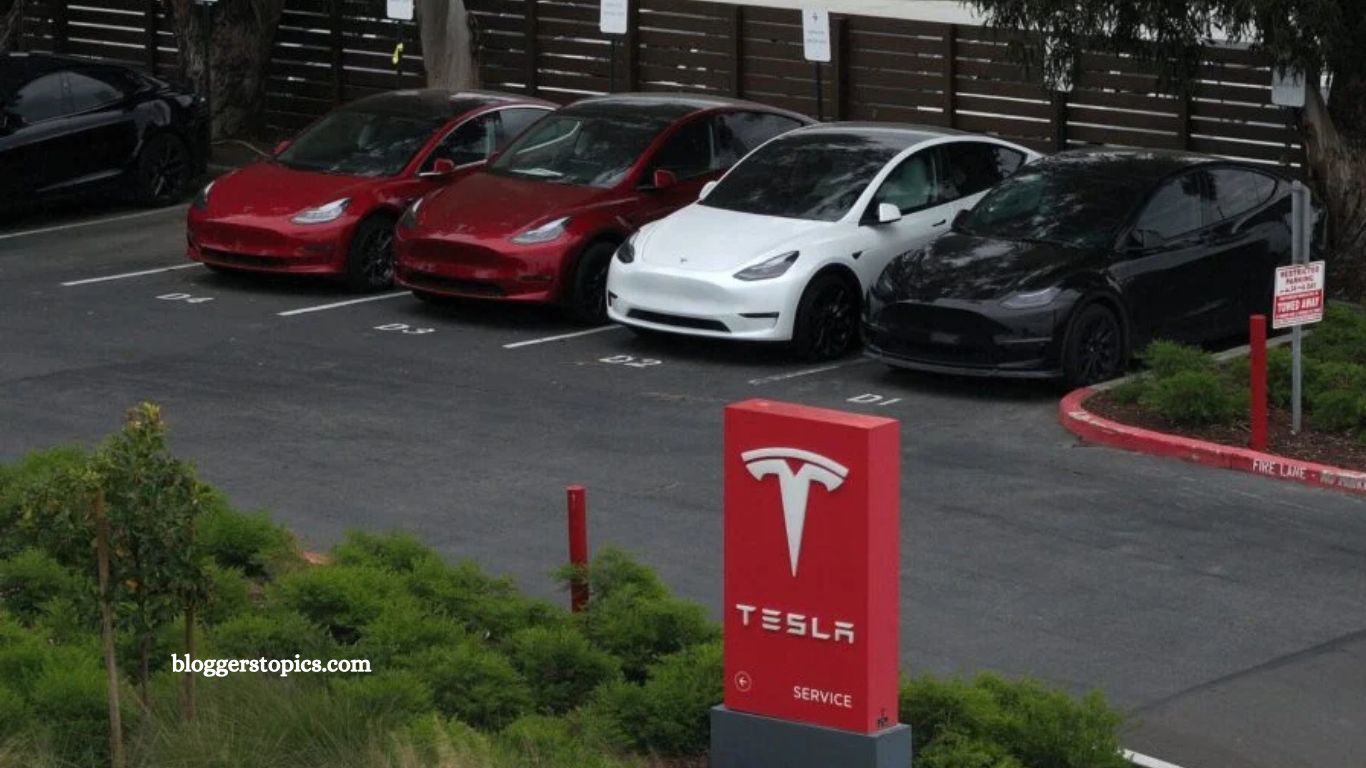Tesla is making headlines in Canada with a dramatic price cut on its best-selling Model Y SUV—slashing $20,000 from its original cost. This unexpected move comes as the electric vehicle giant grapples with plummeting sales following a retaliatory 25% surtax imposed by the Canadian government on U.S.-made vehicles.
The fallout stems from a broader trade war ignited by policies under the Trump administration, which significantly impacted Tesla’s pricing structure in Canada. To counter the slump, Tesla appears to have shifted Model Y production for the Canadian market to its Gigafactory in Berlin, bypassing the import tariffs. While the price drop may benefit Canadian consumers, it also highlights the company’s growing vulnerability in a volatile global market and the challenges of maintaining dominance.
Read More: Oral Health: A Key Factor in Your Overall Well-Being
A Desperate Pivot in a Shifting Market
Tesla has made a dramatic move to revive its struggling Canadian operations, cutting the price of its best-selling Model Y SUV by a massive $20,000. The price adjustment, quietly rolled out on Tesla’s website, comes as the automaker grapples with a sharp sales decline linked to escalating trade tensions between the U.S. and Canada.
Trade Dispute Triggers a Sales Crisis
The crisis began following retaliatory tariffs imposed by the Canadian government on April 9, 2025. In response to trade restrictions enacted by the Trump administration, Ottawa implemented a 25% surtax on all U.S.-imported vehicles. For Tesla, which manufactures most of its vehicles in the U.S., this translated into a dramatic price surge for Canadian customers.
The Model Y’s price skyrocketed to nearly CAD $84,990 (approximately USD $61,500), causing demand to plummet. As reported by Electrek, the price hike brought Canadian sales of Tesla vehicles to a near standstill in recent months. While Tesla does not disclose country-specific sales data, its global deliveries dropped by 13.5% in Q2 year-over-year—an alarming sign of weakened demand.
A Strategic Shift: From U.S. to Europe
In an apparent response, Tesla has slashed the Canadian price of the Model Y Long Range All-Wheel Drive to $64,990 CAD. This $20,000 price cut likely stems from a strategic supply chain shift: sourcing the vehicle from its Gigafactory in Berlin, Germany, rather than its U.S. factories.
By importing European-made vehicles, Tesla sidesteps the steep Canadian tariffs on American imports—passing the savings directly to customers. The result is a sudden, drastic shift in Tesla’s Canadian pricing structure.
An Unusual Pricing Puzzle
While good news for new buyers, the pricing shake-up has created a curious imbalance across Tesla’s product lineup. The Model Y, a premium SUV, is now significantly cheaper than the Model 3 Long Range All-Wheel Drive sedan, which still ships from the U.S. and remains subject to the 25% surtax. As of July 2025, the Model 3’s price stands at CAD $70,772—nearly $6,000 more than the larger, more popular SUV.
This unexpected reversal has caused a stir among Tesla enthusiasts. On X (formerly Twitter), many prospective buyers reacted with astonishment and excitement, while others expressed frustration over recent purchases made at higher prices.
“$20,000—Jesus,” one user exclaimed, capturing the sentiment shared by many in the Tesla community.
Why This Move Matters
Tesla’s pricing pivot underscores the automaker’s increasing vulnerability in an evolving global EV landscape. As competition intensifies and trade policies shift unpredictably, Tesla finds itself caught between geopolitical dynamics and consumer expectations.
Moreover, the volatile nature of Tesla’s pricing—often dictated by rapid internal strategy shifts—has made buying one of its vehicles feel less like a traditional purchase and more like a speculative investment.
Frequently Asked Questions
Why did Tesla reduce the price of the Model Y in Canada?
Tesla cut the Model Y price by $20,000 CAD to counter a steep drop in Canadian sales, which were impacted by a 25% surtax on U.S.-imported vehicles. The new pricing likely reflects a shift in production to Tesla’s Berlin Gigafactory to bypass these tariffs.
What caused the sales collapse in Canada?
The collapse was triggered by Canada’s response to U.S. trade policies—specifically a 25% surtax on U.S. vehicle imports. This made Tesla vehicles significantly more expensive for Canadian buyers, hurting demand.
How much is the new price of the Model Y in Canada?
As of July 2025, the Tesla Model Y Long Range All-Wheel Drive is priced at $64,990 CAD, down from nearly $84,990 CAD.
Is Tesla now importing cars from Europe?
Yes, reports suggest Tesla is now importing the Model Y from its Gigafactory in Berlin, Germany to avoid Canadian tariffs on U.S.-made cars.
Why is the Model Y now cheaper than the Model 3?
Due to the tariffs still applied to U.S.-built vehicles, the Model 3 (sourced from the U.S.) remains more expensive than the Berlin-made Model Y, creating an unusual price inversion.
Are other Tesla models expected to see similar price cuts?
As of now, no official updates have been made about price reductions for other models. Vehicles still manufactured in the U.S. continue to be affected by the 25% surtax.
How has the public responded to the price drop?
Reactions have been mixed—many buyers are excited by the new lower price, while recent purchasers expressed frustration over having paid significantly more just weeks earlier.
Conclusion
For Canadian buyers, this may be a rare opportunity to secure a premium electric vehicle at a steep discount. But for Tesla, the move signals deeper challenges. Between international trade disputes, inconsistent demand, and growing competitive threats, Tesla’s position as the global EV leader is under pressure.
In a market where consistency breeds trust, Tesla’s increasingly erratic pricing strategies may prove to be a double-edged sword—delivering short-term wins at the risk of long-term credibility.







